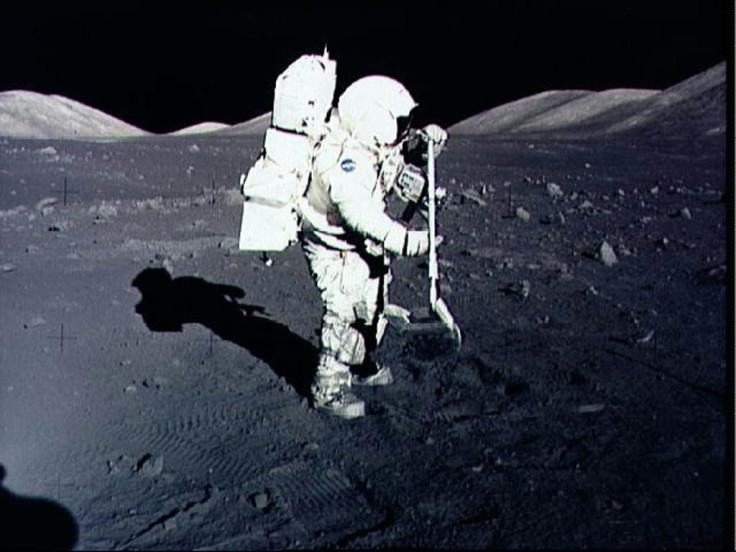Artemis Accords: NASA discusses future moon landing guidelines with project members
NASA administrator Jim Bridenstine believes more will sign up in the future to support the programme.
As global interest surrounding the National Aeronautics and Space Administration's (NASA) plans to send people back to the moon surges, the agency wants to elaborate on certain guidelines. This is in preparation for its Artemis moon-landing programme which hopes to send astronauts back ot the lunar surface by 2024. Reports indicate the new regulations are based upon the 1967 Outer Space Treaty. To date, appropriately named Artemis Accords, it has seen eight countries express their agreement.
The majority of those signing the documents are founding members such as Japan, Italy, the United Arab Emirates, the United Kingdom, the United States, Australia, Luxembourg, and Canada. Meanwhile, NASA administrator Jim Bridenstine believes more will sign up in the future to support the programme. This would likely lead to a milestone as the most number of countries contributing resources to human spaceflight project.
Moreover, its success could possibly lead to an interplanetary expedition to Mars. NASA recently sent another rover dubbed Perseverance, which carries more scientific tools and sample collection capabilities than its predecessor. For now, it has redirected its focus onto Earth's closest neighbour in preparation for the upcoming moon mission.
According to NASA acting chief for international and interagency relations Mike Gold, it is crucial for the Artemis moon-landing to proceed not only "with our astronauts, but that we bring with us our values." For now, Russia is still considering its participation due to the overall perception that it will be a U.S.-led endeavour. Instead, Roscosmos chief Dmitry Rogozin prefers an approach akin to that of the International Space Station (ISS).
As for China, the ongoing trade restrictions and law prohibits NASA from forming any agreement with Beijing. Headlining the Artemis Accord is the first rule which states: "Everyone must come in peace." The rest of the guidelines highlight the need for cooperation and for all equipment to be compatible regardless of manufacturer or origin. Likewise, it details that historic sites on the lunar surface should remain undisturbed.

A couple of months back, NASA held a contest dubbed the "Lunar Loo Challenge" wherein it called knowledgeable people to design a toilet that would work on the moon. The space agency is yet to share any update regarding the project.
© Copyright IBTimes 2025. All rights reserved.





















